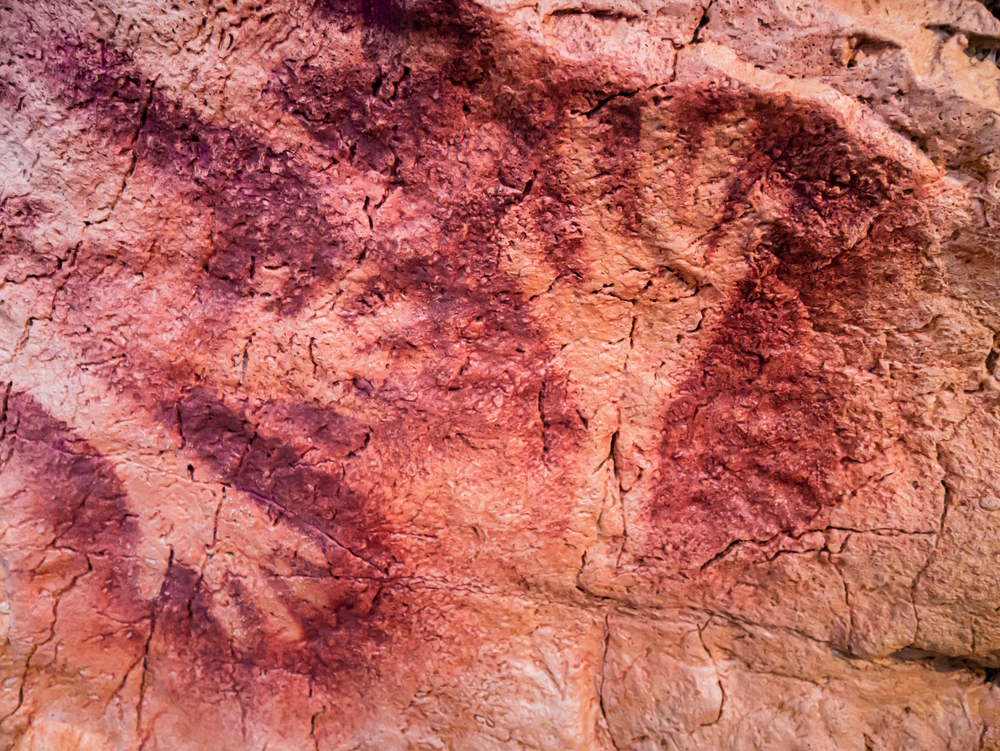Now Reading: Paleolithic Children Played Games Shaping Early Cave Environments
-
01
Paleolithic Children Played Games Shaping Early Cave Environments
Paleolithic Children Played Games Shaping Early Cave Environments

Swift Summary
- The Paleolithic era ranged from 2.5 million to 10,000 years ago and marked early human evolution,transitioning Homo sapiens from hunter-gatherers to farmers.
- Homo sapiens evolved approximately 300,000 years ago, but earlier hominins such as Homo erectus (1.89 million-110,000 years ago) and Homo neanderthalensis (400,000-40,000 years ago) existed beforehand.
- Archaeological evidence reveals that children and adolescents constituted between 40% to 65% of the population during the Paleo era.
- Cave art analysis shows children actively contributed; their finger flutings were found in hard-to-reach cave areas like grottes de Gargas in France (dating back 27,000 years).
- Children engaged in play: footprints discovered at Grotte de Niaux suggest games involving running or throwing mud balls over 12,000 years ago; similar clay pellet activities were unearthed at Fontanet cave in Southern France (~13,000 years old).
- Life was perilous due to predators like bears and mammoths as well as dangers like injuries or toxic plants. Burials reflect societal values showing grief – e.g., a child buried with an embroidered garment at La Madeleine in France.
Read More: Prehistoric Human Populations Shifted East at the End of the Ice Age
Indian Opinion Analysis
Exploration of Paleolithic life offers profound insights into social structures centered around younger populations-this challenges common narratives prioritizing adult roles during ancient times. Evidence showing children’s active participation in creating tools and art suggests early societies recognized them as contributors rather than passive dependents. for India-where rich prehistoric sites exist-the study underscores the importance of considering youth-centric behaviors when analyzing archaeological records.
Findings also highlight humanity’s resilience amidst adversity showcased through survival against predators and conservation values reflected via burials with intricate garments-a perspective relevant for interdisciplinary studies blending anthropology with history for Indian academia focusing on early human societies globally.
Read More: Stone Age Humans Chose Their Rocks with Care

























